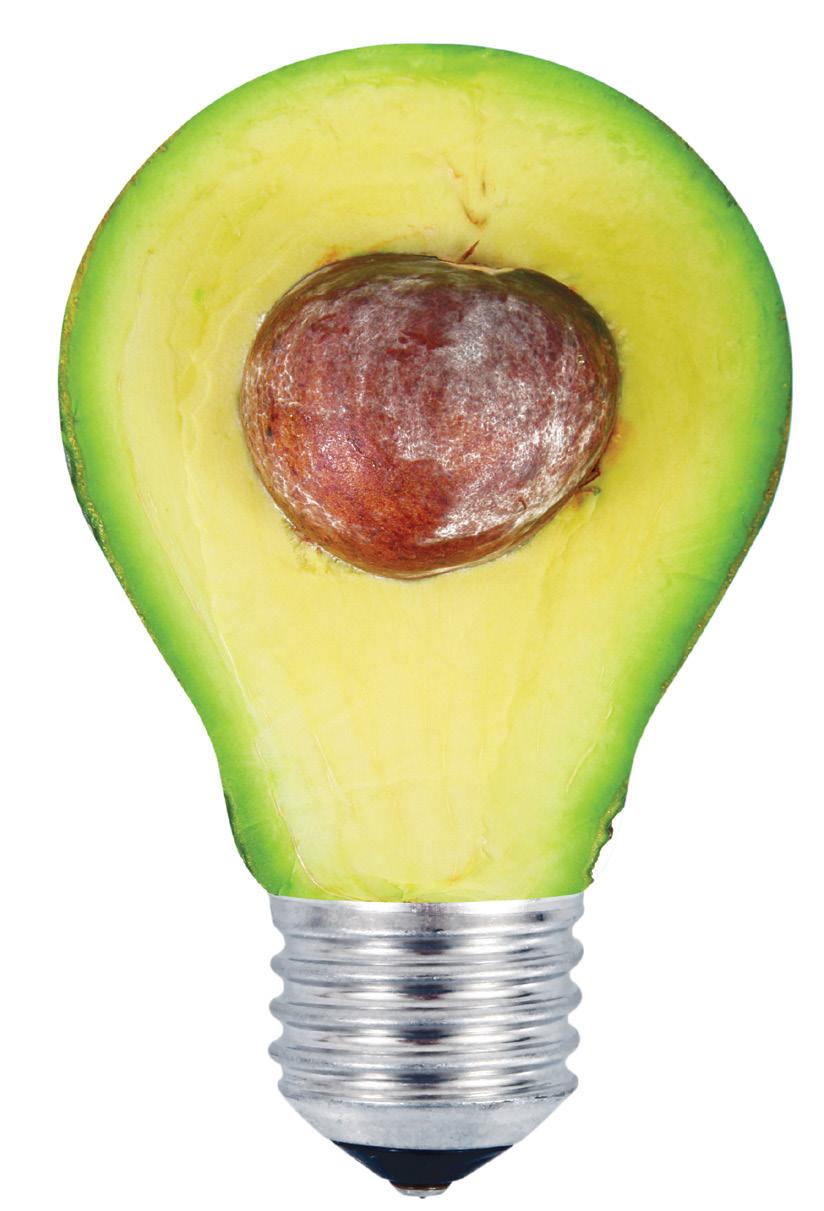SOLUTIONS What’s NEW? BREEDING STRATEGIES
Unlocking efficiency with Three Way Cross
T
he future of onfarm efficiency comes down to breeding cattle that can combine feed conversion efficiencies, superior health traits, dairy beef capabilities, and the herd’s overall ability to get back in calf each year, believes Samen New Zealand. By utilising breeds that are superior in these fundamental traits in a Three Way Cross programme, it’s proven to increase production and profit due to hybrid vigor. The Three Way Cross breeding programme allows dairy farmers to establish a level of hybrid vigor much higher than a Two Way Cross. Maintaining a steady level of heterosis of around 86% can give farmers a solution to unlocking superior traits within their herd. Reducing wastage and increasing efficiency can give farmers more time with their families while ensuring the business’s sustainability and profitability. It is no secret that hybrid vigor is the key to crossbreeding success, in-fact crossbreeding has been a contributing factor to growth in efficiencies within the beef, swine and poultry industries for years. Moving to a Three Way Cross breeding system empowers dairy farmers with the ability to access bloodlines their herd has never had access to before. This can eradicate the negative effects of inbreeding such as yield, fertility, health and longevity. For a large portion of NZ cross breeders who currently use a Friesian x Jersey, Samen recommends introducing the VikingRed as their third breed. The VikingReds have a lot to offer the current two way crosses and bring incredible health, feet and legs and superior fertility. For many cross breeders, there are a few other options that are going to help optimise feed conversion efficiencies, dairy beef capabilities and fertility issues. NZ farmers are already using various breeds to gain benefits such as; • Adaptability to climate change (heat and cold tolerances), alpine breeds are extremely versatile when it comes 88
Above: Cows grazing are Three Way Cross animals with Montbeliarde, VikingRed and Holstein Friesian. Left: A VikingRed Daughter of VR Fastrup Fenton.
to temperature. Originating from conditions as low as -10 degrees in the evening and scorching daytime temperatures of 40+ degrees. • Reduction in the use of antibiotics (improved udder, hoof and general health): it is important that our herds of the future have natural resistance built up to illness such as mastitis. • Increased environmental sustainability: Smaller rumens lead to less methane, more muscle means more nitrogen is utilized leading to less methane and nitrogen returning into pastures. • Zero Bobbies: with superior feed conversion efficiencies, many of the Three Way Cross breeds are top dairy performers and produce quality beef offspring.
• Introduce polled: a large variety of proposed breeds are naturally available polled. • Reduced metabolic issues: each year metabolic issues cost farmers money in terms of cows and production. • Improved Fertility: in numerous studies alpine breeds have been shown to have superior fertility traits to traditional dairy cattle used in NZ. • Longevity: a commonly overlooked trait that has huge implications as to how efficient a herd can be is the longevity trait. The exciting part is that while Samen uses specially selected sires from world leading breeding programmes for NZ pasture based systems, a huge portion of these additional breeds are already performing in NZ herds. According to Samen, this proves these other options are already leading the way into the future of efficiency. Other popular breeding options include: Fleckvieh, Norwegian Red, Montbeliarde, Normande and Abondance.
Dairy Exporter | www.nzfarmlife.co.nz | March 2021























